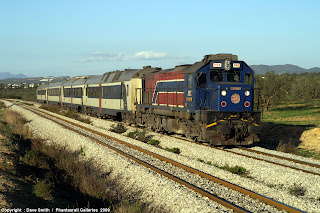Istanbul is the largest Turkish city. It’s situated on the Bosphorus Strait on two continents- Asia and Europe. The town has long history and is well known in the past as Byzantium and Constantinople. It was capital for many years of Roman Empire (330-395), Byzantine Empire (395-1204 and 1261-1453), Latin Empire (1204-1261) and the Ottoman Empire (1453-1922). Then when in 1923 the Turkey Republic was proclaimedAnkara as the administration center became the capital. The city was so important for all those empires because of its strategic point and moreover the very difficult to be conquer fortress. The nature enabled the town to have a natural port inside because of the Golden Horn bay. That makes possible the fleet to stay in a secure place, guarded by the town walls.
Nowadays Istanbul is the third biggest city in Europe after London and Moscow. It’s a modern metropolitan city with very developed economy. Moreover it has very well developed infrastructure. The strategic geography position of the city gave the advantage to be the commerce centers since many years. Istanbul is the gateway from Europe to Asia both through land and sea.

Istanbul has been part of many empires and so has rich cultural heritage. Most of its monuments are part of the UNESKO world heritage. Despite the fact that it was conquered by different rulers none of them has destroy buildings from the past. All of the rulers clearly understand that they should respect the culture and history and so most of the buildings are well preserved. That enables tourists to see mosques, Turkish bath, Roman baths and Christian churches in one town. The only problem through the years of this town was the earthquakes. The whole area around the town is the border of the African and Eurasian plate. That is incentive for more and stronger earthquakes. The last devastating one was in the late 1509 and it destroys more than 100 mosques.










